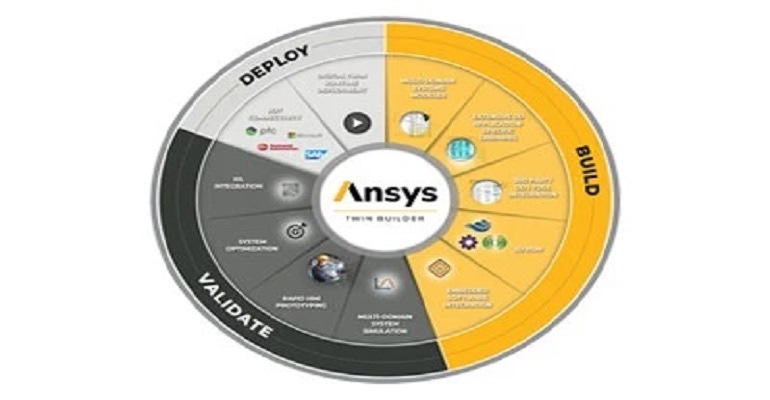Software tools enable battery systems for EVs to be optimized prior to physical design.

With batteries coming more crucial with the rise in electric vehicles and other applications, more design engineers face the task of bringing a reliable, working battery system to market. The use of software design tools to validate and optimize battery design information is becoming more important as time-to-market cycles shorten and performance needs become more stringent.
In a recent interview with Design News, Pepi Maksimovic, Director, Application Engineering at Ansys, said that the company’s move into leveraging its suite of Multi-Physics simulation tools for battery design was an extension of the company’s strategy of entering technology areas with a lot of customer activity.
“If we look at a battery, it has a lot of impact on a vehicle’s driving range, cost, performance, as well as the user experience,” said Maksimovic.
According to Maksimovic, Ansys’ Multi-Physics software helps users to optimize the battery’s physical and performance Maksimovic parameters, not as a system itself but as part of the vehicle.
“The battery does not exist by itself,” she said. “It needs to interplay with the rest of the vehicle’s electrical system.”
Some of the key battery parameters Ansys software accounts for include material, electrolyte, and electrochemistry, structural integrity, EMI, and thermal performance. The software also can simulate battery management and battery pack design.
“Our software is based on laws of physics and takes into account the interplay between all physical factors, including thermal and electrical.”
Some of Ansys’s simulation tools include Ansys Discovery, which provides real-time 3D simulation and analysis; Ansys Mechanical/Structural FEA Analysis, which performs implicit and explicit structural analysis; Ansys Motor-CAD Electromechanical Design Software, which performs fast multi-physics simulation across the full torque-speed operating range; and Ansys Sherlock Electronics Reliability Prediction Software, which performs fast, accurate life predictions.
Digital Twins
Ansys has taken the concept of simulation in battery design with its Ansys Twin Builder, which enables the engineer to implement a complete virtual prototype of a working battery. Using simulation tools to create digital twins enables the battery design engineer to develop the digital battery prototype first and optimize the battery’s parameters before developing the physical battery. Even after developing the physical model, the virtual digital twin can be further modified for further optimization of the battery.
Twin Builder enables engineers to test more design variations and scenarios through digital twins, thus helping engineers to speed time-to-market and reduce prototyping costs.
Maksimovic noted that while electric vehicles are a major thrust for Ansys’ simulation tools, she also sees applications in battery back-up systems for data centers, as well as consumer electronics products.
Spencer Chin is a Senior Editor for Design News covering the electronics beat. He has many years of experience covering developments in components, semiconductors, subsystems, power, and other facets of electronics from both a business/supply-chain and technology perspective. He can be reached at [email protected].
About the Author(s)
You May Also Like





